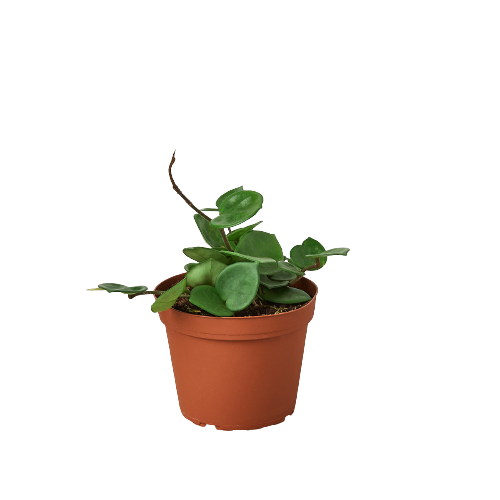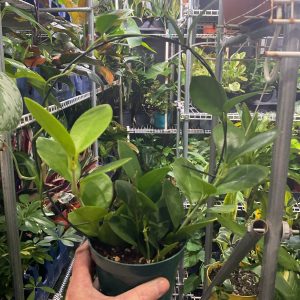Hoya plants are cherished for their unique foliage and stunning, long-lasting flowers. They are well-suited as indoor plants, adding a touch of beauty and charm to any space while being relatively low-maintenance compared to some other flowering plants
The shopping cart has been disabled temporarily due to high demand through our other sales channels. In the meantime, please feel free to take a look at the plants we offer. Thanks!
Hoya Carnosa ‘Chelsea’ – 6″ Pot
Hoya Carnosa ‘Chelsea’ – 6″ Pot – Live Tropical Houseplant – Grown in the USA
CHELSEA HOYA Features
- SIZE: 6" Pot
- Grown in the USA By licensed nursery.
The Chelsea Hoya has a rich and storied history that dates back to the early 1800s. The origins of the club can be traced back to a group of gentlemen who met at the home of Samuel Gompers on West TwentyThird Street in Manhattan. The group was formed to promote the game of soccer and improve their skills.
The Chelsea Hoya played their first official game against the New York Herald on October 25, 188 The club quickly became a powerhouse in American soccer and won numerous championships throughout the early years of the sport. In 1903, Chelsea Hoya merged with another soccer team, the Wanderers, to form modern day Chelsea FC.
In 1924, Chelsea FC joined Division Two of the American Soccer League ASL. The club quickly rose through the ranks and by 1939 they had become champions of Division One. The following year, Chelsea FC joined the newly formed National Soccer League NSL. They would remain in the NSL until 1970 when they were relegated to Division Two. In 1978, Chelsea FC rejoined the NSL and competed in Division One until 1984 when they were again relegated to Division Two.
In 1990, Chelsea FC returned to Division One and reached the playoffs for the
Hoya plants are generally considered non-toxic to humans and pets, making them safer options for households with animals or small children.
Light: They thrive in bright, indirect light. Some varieties can tolerate a bit of direct sunlight, especially morning sunlight, but harsh sun can damage the leaves.
Watering: Allow the soil to dry out partially between waterings. Hoya plants prefer well-draining soil and are sensitive to overwatering.
Temperature: They generally prefer average room temperatures between 60-80°F (15-27°C) and can tolerate slightly cooler temperatures.
Humidity: Hoya plants can handle normal indoor humidity levels, but they appreciate slightly higher humidity. Misting can be beneficial, especially in drier environments.
Maintenance:
Pruning: Prune to control the plant's size or encourage branching and fuller growth.
Repotting: Repot when the plant becomes root-bound, usually every 1-2 years, using a well-draining potting mix.
Support: Some Hoya varieties are climbing vines that benefit from supports like trellises or stakes.
Different Species and Cultivars: There's a wide variety of Hoya species and cultivars available. Some popular ones include Hoya carnosa, Hoya kerrii (Heart-leaf Hoya), Hoya linearis, Hoya obovata, and Hoya pubicalyx.
Foliage: Hoya plants feature thick, succulent-like leaves that are often glossy and have various shapes and sizes, depending on the species or variety. Some have variegated foliage, adding to their ornamental value.
Flowers: Hoya plants produce clusters of star-shaped flowers that are waxy and fragrant. These blooms can come in different colors, such as white, pink, red, or yellow, depending on the species.




